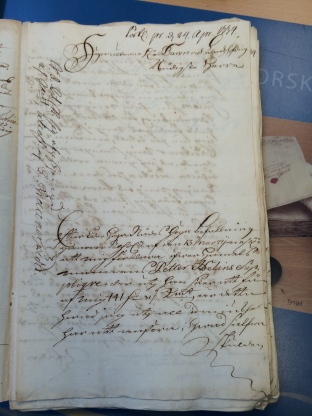This post on defining work comes from Jezzica Israelsson, a doctoral student at Uppsala University, where she is a member of the Gender and Work project. Her thesis analyzes descriptions of work in petitions to certain regional administrations in Sweden between ca. 1760 to 1880, in order to find out what role work played when people sent in these letters and what meanings they ascribed to work in their struggle to protect their rights.
Jezzica Israelsson (Uppsala University)
In today’s society, the concept of work is strongly connected to productive and remunerated activities, often performed outside of the home.[1] In early modern times however, there were no clear boundaries between either home and work or leisure and work. Many things people did for their sustenance were not paid, and if they were it was often in kind or through lodging and food.[2] Recent research has also shown that men and women rarely had one occupation, but engaged in many different tasks to make a living.[3] In addition, society was characterized by some living off the returns of their property and others by their manual labour.[4]

These complexities make it clear that delineating what constituted early modern work can be quite problematic. In this post I will highlight two situations where these difficulties are illustrated and what consequences different definitions might have. The examples are taken from the sources I am working on within my thesis project: petitions to regional administrations in Sweden.
Continue reading “How to define and understand early modern work?”
